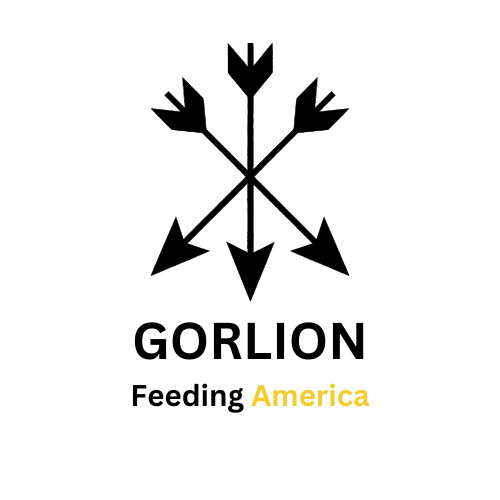In the realm of pharmaceuticals, a silent revolution is underway, led by drugs like Ozempic. As these medications find success in treating type 2 diabetes and unintentionally causing weight loss, the potential ripple effect on the food and agriculture landscape is worth exploring.
Types of Foods and Beverages in the Crosshairs:
Ozempic’s unique dual impact on type 2 diabetes and weight loss is intriguing. The medication, by activating satiety-controlling receptors in the brain, might reshape our relationship with certain foods and beverages. Analysts speculate that high-calorie, high-fat, and high-sugar products—snacks, sodas, and alcohol—could see reduced demand.
Companies in the Eye of the Storm:
- Novo Nordisk:
- Investment: A colossal $6 billion earmarked for expanding drug manufacturing capacity in Denmark and constructing a new plant for pharmaceutical ingredients, including semaglutide, in the US.
- Eli Lilly:
- Investment: A substantial $450 million infusion to double production of drugs like Mounjaro, designed to mimic incretin, a hormone impacting insulin secretion and appetite².
- Healthcare Startups:
- Examples: Lirica, Calibrate, Found.
- Initiative: These startups are venturing into the weight-loss drug prescription space, securing millions in venture capital to propel their growth⁵.
Impact on Agricultural Commodities:
As a surge of weight-loss drugs infiltrates the market, the agricultural commodities linked to the production of foods under scrutiny may face fluctuations. The demand for raw materials for healthier alternatives might rise, impacting traditional commodities associated with high-calorie snacks and sugary beverages.
The Landscape: Investments Signal a Silent Revolution:
The fact that major pharmaceutical players like Novo Nordisk and Eli Lilly are injecting billions into expanding manufacturing capacities speaks volumes. The evident demand for weight-loss drugs mirrors the concerning statistic that over 75% of US adults are classified as overweight or obese⁴. This isn’t just a health concern; it’s a market dynamo, and investors are recognizing the transformative potential.
Navigating the Landscape with Gorlion:
Amidst this evolving landscape, Gorlion stands as a strategic ally for both agricultural commodity traders and food and beverage manufacturers. Here’s how:
- Market Intelligence:
- Understanding Trends: Gorlion provides comprehensive market intelligence, tracking shifts in consumer preferences driven by the impact of weight-loss drugs.
- Strategic Forecasting: Leveraging our data analytics, we forecast changes in demand for specific commodities, aiding traders in making informed decisions.
- Diversification Strategies:
- Adaptation Planning: For food and beverage manufacturers, Gorlion offers strategies for diversifying product portfolios to align with changing consumer preferences.
- Ingredient Sourcing: Our expertise aids in identifying alternative, healthier ingredients to replace those facing potential reduced demand.
- Supply Chain Optimization:
- Efficiency Enhancement: Gorlion assists in optimizing supply chains to accommodate potential shifts in demand, ensuring agility and minimizing disruptions.
- Sustainability Integration: For agricultural commodities, we guide towards more sustainable practices that align with evolving consumer values.
- Strategic Alliances:
- Connecting Players: Gorlion facilitates connections between farmers and forward-thinking food and beverage manufacturers, fostering collaborations that anticipate market shifts.
In this era of change, Gorlion emerges not just as an observer but as an active navigator, helping businesses ride the waves of evolving consumer behaviors and pharmaceutical advancements. Together, let’s turn challenges into opportunities and build a future where health, sustainability, and market success coexist.

